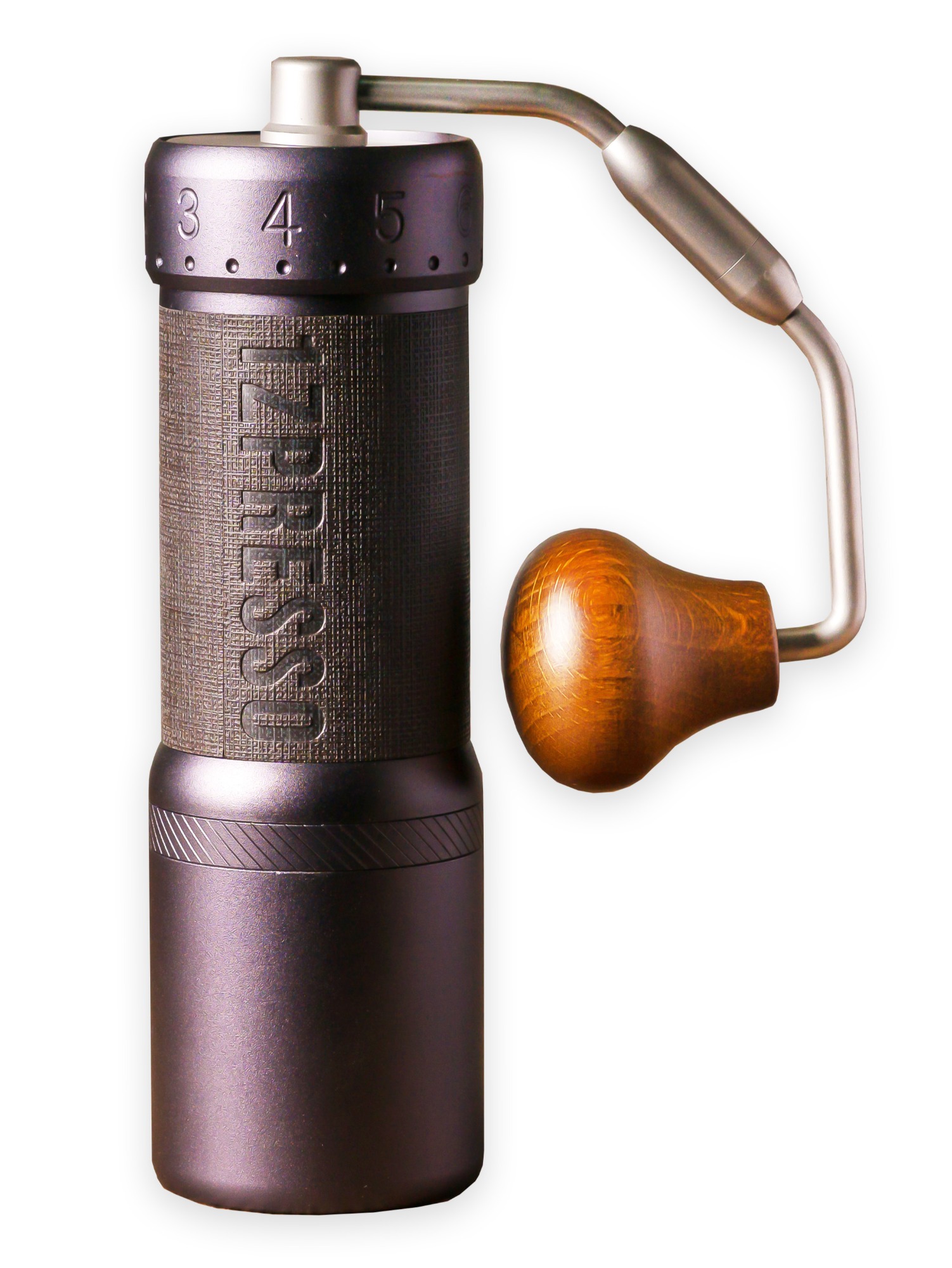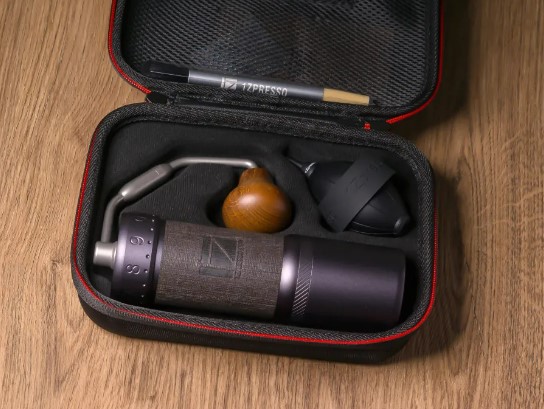Revealing the Power of Accuracy: Presenting 1Zpresso J-Ultra Mill
Revealing the Power of Accuracy: Presenting 1Zpresso J-Ultra Mill
Blog Article
Master the Art of Grinding Coffee Beans: An Overview to Coffee Grinders
For coffee lovers, the process of grinding coffee beans is even more than just a routine task; it is an art type that can greatly affect the taste and quality of the last brew. Comprehending the nuances of different grinder types, selecting the suitable work dimension, and using the right strategies are important actions towards achieving that excellent mug of coffee.
Kinds Of Coffee Grinders
There are 3 key kinds of coffee mills generally made use of by coffee lovers: blade mills, burr grinders, and hands-on grinders. Blade grinders are the most standard kind, making use of a simple blade to chop the coffee beans. While they are affordable and easy to make use of, they often result in uneven coffee grounds as a result of irregular grinding. Burr mills, on the other hand, provide even more precision by squashing the beans between a moving grinding wheel and a non-moving surface area. This causes a consistent grind dimension, which is crucial for a consistent coffee flavor. Burr mills can be found in both level and conical shapes, each offering a little various grinding attributes.
Manual grinders, as the name recommends, require hand-operated effort to grind the coffee beans. Each kind of coffee grinder has its benefits and excellent usage instances, catering to the diverse preferences of coffee fanatics.

Choosing the Right Work Size
With an understanding of the various kinds of coffee grinders, the next crucial step in accomplishing the excellent cup of coffee is selecting the best grind dimension. The grind dimension plays a substantial role in identifying the flavor profile of your coffee (1Zpresso J-Ultra). Various developing techniques need certain grind sizes to enhance the extraction of flavors from the coffee premises
For a rugged work, perfect for French press and chilly mixture techniques, the coffee beans ought to appear like breadcrumbs, giving a durable and vibrant flavor. Medium-coarse grinds, appropriate for Chemex or Clever Dripper, have a structure similar to crude sand, using a balanced taste.
Tool grinds, frequently utilized in drip coffee machine, have a consistency resembling regular sand, resulting in an all-around flavor. Fine grinds, best for espresso machines, belong to salt, producing a rich and extreme preference. Finally, extra-fine grinds, used in Turkish coffee, are as great as powdered sugar and create a strong and powerful brew.
Grinding Strategies for Ideal Flavor
To draw out the greatest possibility of taste from your coffee beans, understanding proper grinding strategies is essential. Consistency is vital when it comes to grinding coffee beans for optimal flavor. By paying interest Resources to these grinding techniques, you can boost the taste profile of your coffee and enjoy an extra gratifying cup every time.
Maintenance and Cleaning Up Tips

Change any type of damaged components quickly to preserve the high quality of your coffee grind. By adhering to these upkeep and cleansing ideas, you can make sure that your coffee grinder proceeds to deliver delicious newly ground coffee for years to come.
Troubleshooting Common Grinder Issues


Guaranteeing your coffee mill operates efficiently needs skilled troubleshooting of typical issues that may arise during its usage. One usual issue with coffee grinders is inconsistent work dimension. This problem can occur because of dull blades, inappropriate calibration, or irregular coffee beans. To resolve this, ensure your grinder's blades are sharp and effectively straightened, calibrate the grinder according to the desired grind dimension, and tremble the grinder gently while in operation to help attain a more uniform grind.
This can take place when oils from the coffee beans build up and obstruct the grinder's chute. To solve this, disassemble the mill and tidy all components thoroughly, paying special focus to the chute and burrs.
Lastly, if your grinder is creating too much noise throughout operation, it can indicate an issue with the electric motor or interior elements. In such cases, it is suggested to seek advice from the producer's directions for repairing steps or seek expert support to identify and correct the problem promptly.
Final Thought
Finally, mastering the art of grinding coffee beans includes recognizing the various kinds of coffee grinders, selecting the ideal work size, utilizing appropriate grinding strategies for optimal Get More Info taste, and preserving and cleaning the grinder consistently. By following these guidelines and troubleshooting usual grinder problems, coffee lovers can raise their coffee developing experience and appreciate a delicious cup of coffee each time.
Report this page